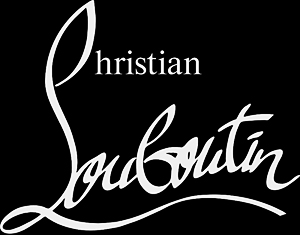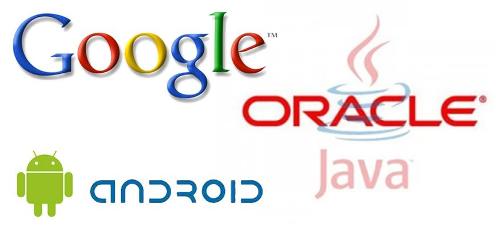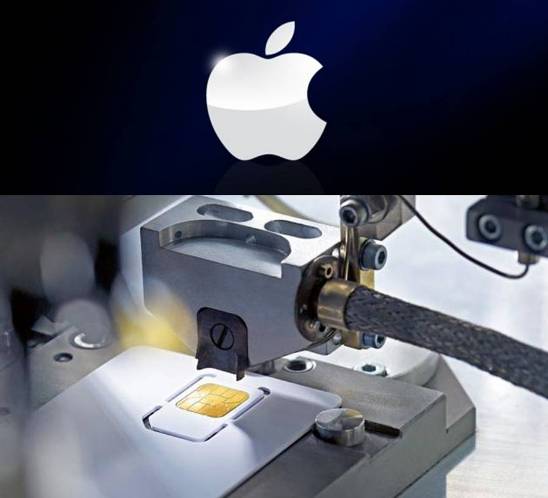 Licensing is known to have a classic carrot-and-stick dynamic – the threat of costly patent litigation makes the secured license that much more desirable. Of course, excess can lead to abuse. John Adams (1826) said, “There are two ways to conquer and enslave a nation. One is by the sword. The other is by debt.” Replace nation with industry or market, sword with monopoly, and debt with excessive royalty-stacking, and you may have succinctly described IP management in the consumer-electronics industry of today.
Licensing is known to have a classic carrot-and-stick dynamic – the threat of costly patent litigation makes the secured license that much more desirable. Of course, excess can lead to abuse. John Adams (1826) said, “There are two ways to conquer and enslave a nation. One is by the sword. The other is by debt.” Replace nation with industry or market, sword with monopoly, and debt with excessive royalty-stacking, and you may have succinctly described IP management in the consumer-electronics industry of today.
Following this trend, the patent office is going to receive more patent applications, lowering quality from the patent-office perspective as stated above. But, what does lower patent-office quality mean for the patents themselves? It means more dubious, issued patents that can be invalidated during patent litigation, as opposed to patents that issue once, and are known to be reliably strong and enforceable – creating a breeding ground for speculative IP strategy.
If this is the case, then the term troll is just a bad name to use – it actually limits one’s thinking to reinforce the negative connotation. Now we come to the patent aggregator like IV. In some sense, such aggregators are not that different than IBM, HP, or RIM. The main difference is that the corporate PEs aggregate through M&As (like Palm and Compaq were acquired by HP), and more recently through large portfolio transactions (like the Nortel and Motorola patent sales), while the aggregators do it through a form of “crowdsourcing” of individual inventors, as well as large patent sales – forms of efficiently-optimized IP management.
So, in a post-M&A business assessment, once an acquirer decides that a portion of the acquired technology is not going to be incorporated or developed into a product line, and transfers the patent holdings to the licensing department to monetize the assets as aggressively as possible to recoup the investment through such an IP strategy, it no longer should be considered a PE within that technology domain, but has essentially become a PAE, behavior typically called trolling.
Returning to this idea of aggregators as being able to efficiently crowdsource inventors to obtain patents with low transaction costs, we can look at IV as an example. It mainly strives to provide investment value through patent acquisition and enforcement – whether through license or patent litigation.
While IV does maintain some in-house R&D activities, it has no marketed products. Thus, there is no threat of counter-litigation when asserting IP rights. With a substantial investment fund and lower operational costs than PEs such as Microsoft, IV can attract inventors whose patents have been disregarded by the PEs, and command bargain prices. (It is rumored that IV rarely pays more than $50,000 for a patent.)
What’s not factored in when people evaluate IP-management firms like IV based on these types of bargain patents is that IV is monetizing what was previously a sunk cost for the inventors who couldn’t capitalize through commercialization or direct IP transaction. Thus, aggregators can efficiently aggregate patents that would normally be brushed under the rug, or would only be strengthened from portfolio synergies which cannot occur due to high coordination costs (meaning, a lot of resources are required for inventors to “self-aggregate”).
As Nathan Myhrvold, Founder and CEO of IV, said recently in an interview with Walt Mossberg at the AllThingsDigital D10 Conference (reported on Engadget):
If people create something and don’t get paid, that’s a problem. It’s very hard for individual inventors to get paid. For the same reason that private equity is valuable – broadly, that’s a good thing – in the case of patents, many that own them aren’t in a good position to take the next step.
In fact, in contrast to a typical “patent flooder” who looks to game the system through such an IP strategy, IV doesn’t cause destruction of value by lowering patent quality because an aggregator generally doesn’t file patents – it assesses, acquires, and enforces them. Thus, it only enters the game after the patent system is mainly out of the picture, without any perturbation to patent dynamics per se.
IV’s reputation and channel access enable it to secure below-market prices with an efficient aggregation mechanism, which isn’t a criticism when viewed as being akin to the role of a typical wholesaler or clearing house. Aggregators monetize what individual inventors were not able to monetize on their own, creating multiples in return by clustering say 5,000 patent assets in IP management, and then marketing its licensing terms to PEs that it deems relevant to the cluster. (Estimates place Intellectual Venture’s patent holdings at over 30,000.)
In an interview for the Penn Law Journal, Detkin points out that while 90 percent of revenues derived from patents goes to large companies, 30-40 percent of US patent holders are individual inventors without the resources to discover infringement of their ideas by a large company, or to do anything about it even if they do – IV attempts to balance this power play in enforcement and patent litigation.
Returning to portfolio theory, a cluster of 5,000 patents is going to have less chance of gaping holes in its “Swiss cheese” than had any of the individual inventors attempted to enforce their rights alone. So, the stick-licensing model creates value for unbooked sunk costs, or more accurately “atomized” sunk costs, dispersed over a large group of inventors, that could not be accurately accounted for.
This is what distinguishes an aggregator from a PE – PEs are scrutinized more readily through their P&Ls, while the small inventors that an aggregator accesses are written off because no single entity absorbs the loss of the unused assets, rather a huge unidentifiable group does. Myhrvold says that “making money from enforcing patents is no more wrong than investing in preferred stock.”
When it comes to patent litigation, being able to have your voice heard in court costs big money with high-risk exposure – legal counsel for discovery, claim-construction hearings, invalidity claims, injunctions, and assessment of damages, to name a few. A small company may be right, but it may never be able to have its day in court once it is crushed by the enormous legal fees associated with the process. This makes such entities vulnerable to real patent trolling in which the target company doesn’t infringe the troll’s IP rights, but accepts the terms of licensing because it’s not worth the enormous resources to prove its innocence in court, especially against large portfolios in which multiple patents are asserted.
So, the aggregators are just playing the cards they are dealt through their IP strategy according to the rules that any enterprising entrepreneur would maximally exploit, right? Well, therein lies the key point – how are the rules defined. Some would argue that if the patent office had done its job correctly, there would be less leeway to exploit so-called asymmetries. On the other hand, with patent-flooding practices being the modus operandi in the patent arms race, other incentives have to be built into the patent system to counteract such effects.
In contrasting USPTO and EPO examination in our review on patent quality, we clearly concluded that the laxity during prosecution in USPTO examination creates more uncertainty when patent litigation, or even the threat of litigation, arises – raising transaction costs and creating principal-agent problems. When a patent infringement case goes to court, validity is usually the first issue raised by the defendant. While the same occurs in Europe, reliance on an EPO-granted patent is much stronger than its USPTO counterpart, and the data on annulment proceedings supports this assertion.
So, returning Stateside, if the quality of the patent office was greater, real trolling behavior would be reduced. In an ideal world, perfectly-examined patents would yield no questionable litigation; enforcement would lead to an equitable licensing settlement or award of damages. High legal fees would be avoided because the infringer would either readily redesign, or pay the licensing fee – efficiently-optimized IP management, end of story.
The grey area created by incomplete or improper examination leaves the issue of validity always open, compounding costs and destroying value. In a nutshell, an assertion of invalidity means the examining patent-office didn’t do their job properly the first time, costing much more in patent litigation for something that should have been resolved in better (perhaps marginally more expensive) prosecution.













